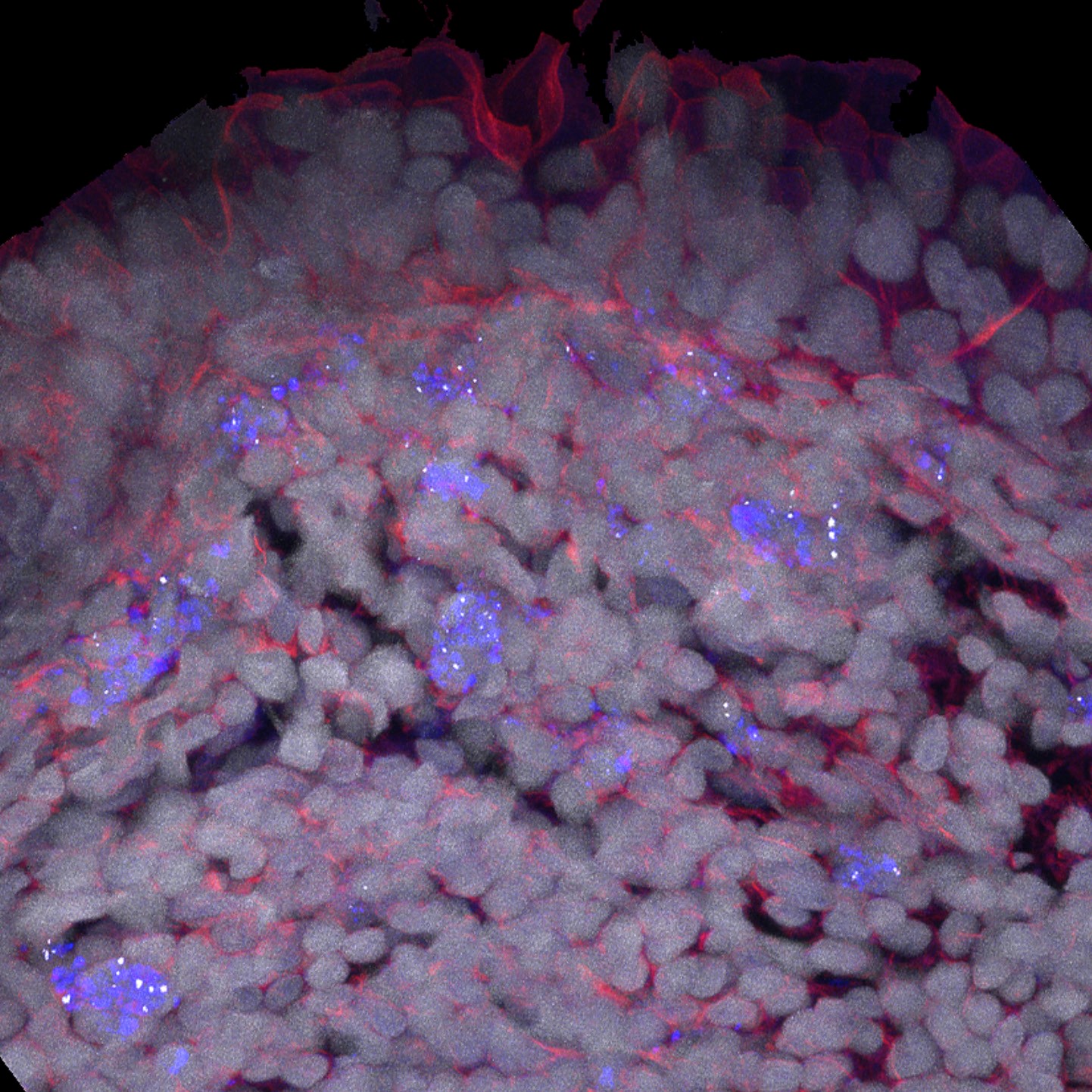Submitted by J. Hudson on Fri, 04/07/2025 - 11:29
Food-grade titanium dioxide (fgTiO₂) is a widely used food additive, best known for its bright white colour and found in everything from sweets to chewing gum. While its safety has been the subject of growing regulatory concern, relatively little has been known about how fgTiO₂ behaves once it enters the human body, especially in terms of its interactions with the immune system.
Now, new research has shown that fgTiO₂ doesn’t just accumulate in passive, pigment-holding cells in the gut as previously believed. Instead, it also builds up in active immune cells within Peyer's patches - small, specialised areas of the intestine involved in monitoring gut bacteria and coordinating immune responses.
Using advanced imaging techniques, the researchers were able to analyse how the particle is taken up by specific immune cells. These findings offer new insight into the behaviour of fgTiO₂ in the body, helping clarify the role of fgTiO₂ in the gut and supports more informed regulatory decisions about its use in consumer products.
To read the full Nature publication - click here

